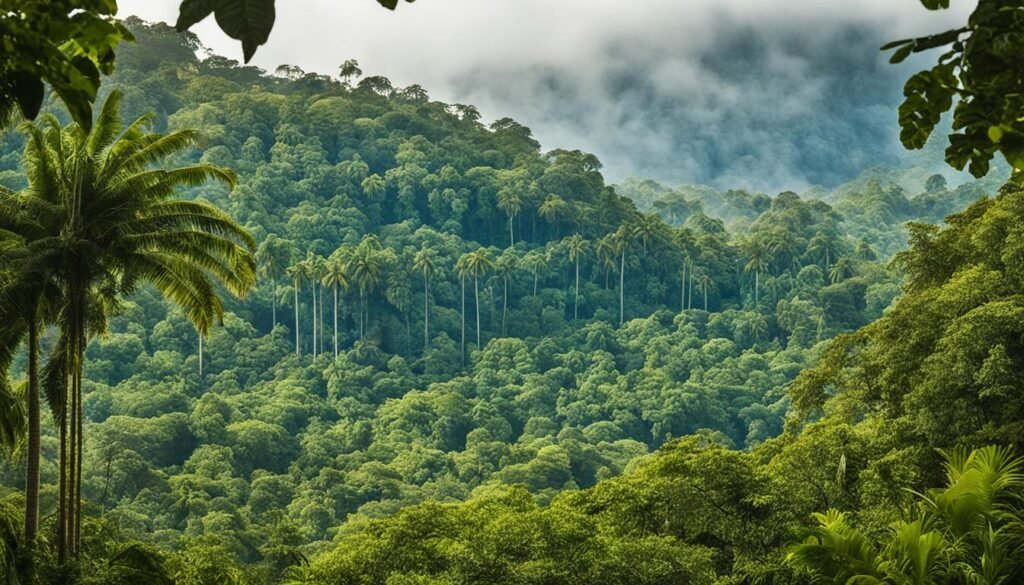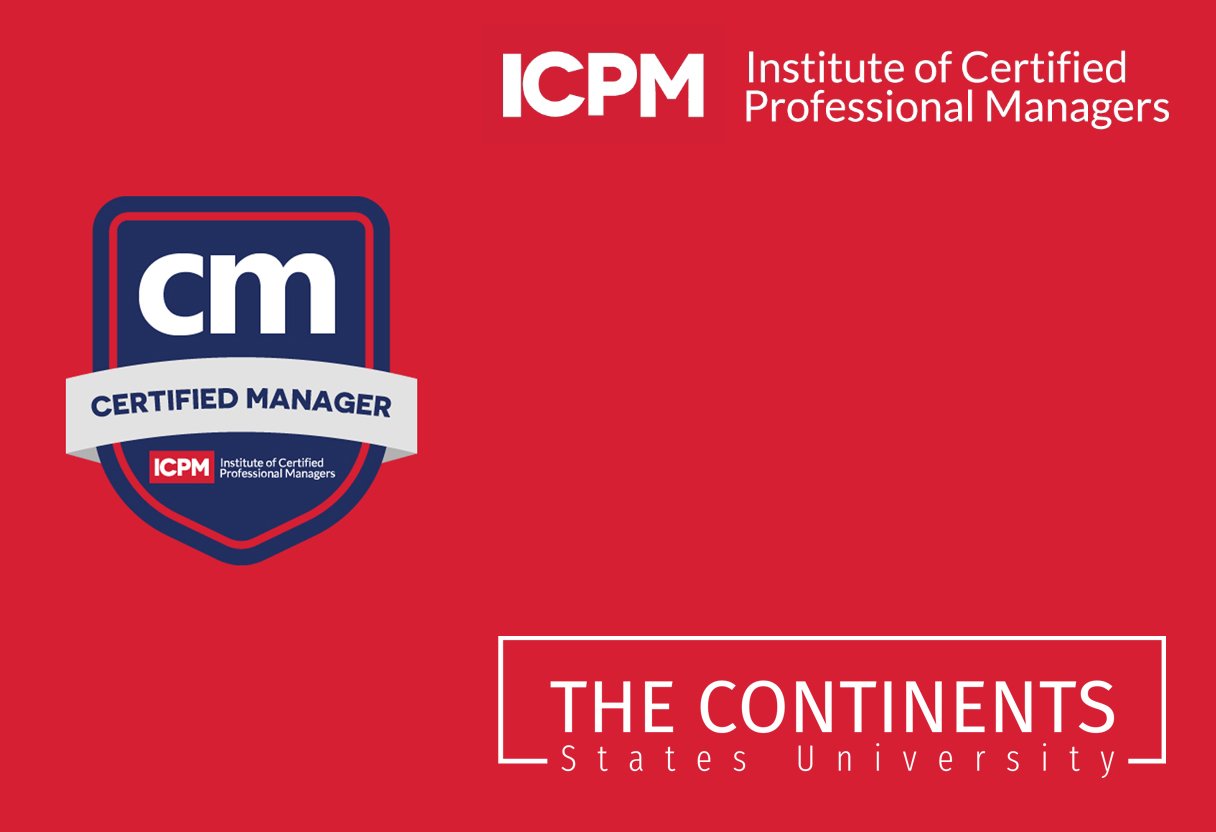Did you know that São Tomé and Príncipe, a tiny island nation in the Gulf of Guinea, is home to one of the world’s most remarkable biodiversity hotspots? With over 1,000 plant species, 28 of which are found nowhere else on Earth, this equatorial archipelago is a true treasure trove of endemic flora and fauna.
Situated off the western coast of Central Africa, the islands of São Tomé and Príncipe are a unique blend of lush tropical rainforests, rugged volcanic landscapes, and thriving marine ecosystems. From the misty mountain peaks to the vibrant coral reefs, this equatorial paradise is a testament to the incredible diversity of life that can flourish in a small geographical area.
Key Takeaways
- São Tomé and Príncipe is a biodiversity hotspot with over 1,000 plant species, 28 of which are endemic
- The islands feature a diverse range of ecosystems, from lush tropical rainforests to rugged volcanic landscapes and thriving marine habitats
- The country’s unique geography and equatorial location have contributed to the development of a remarkable array of endemic flora and fauna
- Sustainable ecotourism and conservation efforts are crucial to protecting the islands’ fragile ecosystems
- Príncipe Island is a UNESCO Biosphere Reserve, highlighting the global significance of the region’s biodiversity
Introduction to São Tomé and Príncipe Islands
São Tomé and Príncipe is a captivating island nation located in the Gulf of Guinea, just off the western coast of Central Africa. This small archipelago is composed of two main islands, São Tomé and Príncipe, as well as several smaller rocky islets. São Tomé, the larger of the two, is an oval-shaped island spanning approximately 836 square kilometers, while Príncipe, the smaller island, lies about 145 kilometers northeast and covers an area of 128 square kilometers.
Geographical Location and Composition
The islands of São Tomé and Príncipe are situated in the heart of the Equatorial region, approximately 250 kilometers off the coast of Equatorial Guinea and Gabon. This strategic location, combined with their volcanic origins, has imbued the islands with a diverse and unique ecosystem, rich in endemic flora and fauna.
Brief Historical Background
The history of São Tomé and Príncipe dates back to the late 15th century, when the islands were first discovered and colonized by the Portuguese. Initially, the islands were used for the production of sugar cane, and later became a major producer of cocoa and coffee during the colonial era. The islands’ rich cultural heritage reflects their long and intricate history, with influences from both African and European traditions.

Diverse and Unique Ecosystems
The islands of São Tomé and Príncipe are a treasure trove of diverse and unique ecosystems. From the lush tropical rainforests to the vibrant marine environments, these equatorial islands are home to a remarkable array of flora and fauna, many of which are found nowhere else on Earth.
Tropical Rainforests and Endemic Species
The volcanic origins and geographic isolation of São Tomé and Príncipe have led to the evolution of numerous endemic plant and animal species, some of which exhibit characteristics of island gigantism. The tropical rainforests that cover much of the islands’ rugged terrain provide habitats for a wide range of these endemic species, such as the giant sunbird, the São Tomé grosbeak, and the towering giant begonias that can reach up to 3 meters in height.
Marine Ecosystems and Coastal Habitats
The coastal areas and surrounding marine environments of São Tomé and Príncipe are equally rich in biodiversity. These waters support a diverse array of marine life, including sea turtles, seabirds, and cetaceans. The islands’ coastal habitats, such as mangrove forests and coral reefs, play a crucial role in maintaining the delicate balance of these island ecosystems.

The unique combination of tropical rainforests, coastal habitats, and marine ecosystems found on São Tomé and Príncipe makes these islands a true biodiversity hotspot, with a wealth of endemic species and captivating natural wonders waiting to be discovered.
São Tomé and Príncipe: Equatorial Ecosystems São Tomé
The island of São Tomé, the larger of the two main islands in the country, is home to a diverse range of equatorial ecosystems. The island’s volcanic origins have resulted in a rugged landscape, with high mountains and steep slopes that descend to small plains in the northeast. This varied topography, combined with the island’s location in the wet tropical belt, has led to the development of a wide range of microclimates across the São Tomé island.
Annual rainfall on São Tomé island ranges from over 4,000 mm in the southwest to less than 760 mm in the northeast, creating a mosaic of vegetation types, from lush tropical rainforests to drier forest types in the rain shadow areas. The island’s volcanic landscapes and diverse rainfall patterns have given rise to a rich and unique equatorial ecosystem, home to a variety of endemic species and diverse habitats.
The equatorial ecosystems of São Tomé island are a testament to the island’s geological and climatic diversity. The combination of volcanic landscapes, microclimates, and rainfall patterns has resulted in a truly remarkable and biodiverse region, offering a unique glimpse into the wonders of the equatorial tropics.
Biodiversity Hotspot and Conservation Efforts
The islands of São Tomé and Príncipe are considered a biodiversity hotspot, boasting exceptionally high levels of endemism at the generic, specific, and sub-specific levels. The diverse flora of these equatorial ecosystems includes 37 endemic plant species on Príncipe, 95 on São Tomé, and 20 endemic species on Annobon. Significant endemic radiations are found among several plant genera, such as Begonia and Calvoa.
Endemic Flora and Fauna
The islands are also highly important for bird conservation, with the endemic São Tomé thrush and Príncipe thrush, as well as the rediscovery of several species, including the dwarf olive ibis and the São Tomé grosbeak. Conservation efforts on the islands include the recognition of Príncipe Island as a UNESCO biosphere reserve, and proposals to protect the remaining areas of primary forest on São Tomé and Príncipe as national parks, such as the Parques Naturais d’Ôbo.
Protected Areas and Biosphere Reserves
The Príncipe Island biosphere reserve and the Obô Natural Park on São Tomé are critical protected areas that safeguard the islands’ unique ecosystems and endemic species. These initiatives demonstrate the ongoing conservation efforts to preserve the exceptional biodiversity of this equatorial paradise.

Ecotourism Opportunities
The islands of São Tomé and Príncipe offer a wealth of ecotourism opportunities, allowing visitors to immerse themselves in the countries’ unique ecosystems and cultural heritage. Príncipe Island, with its UNESCO Biosphere Reserve status and 60% of its territory protected, is a prime destination for nature-based tourism.
Visitors can explore the island’s lush rainforests, cascading waterfalls, and pristine beaches, as well as the Obô Natural Park, a haven for endemic flora and fauna. On São Tomé island, the Claudio Corallo Chocolate Factory provides an opportunity to learn about the production of high-quality, organic chocolate from the islands’ renowned cocoa beans.
These ecotourism experiences not only offer a chance to connect with the natural wonders of São Tomé and Príncipe but also promote sustainable development and support the conservation of the islands’ precious resources. By embracing the principles of ecotourism, travelers can contribute to the preservation of these equatorial ecosystems and the vibrant cultures that thrive within them.

Environmental Challenges and Sustainable Development
The islands of São Tomé and Príncipe face significant environmental challenges that threaten their unique ecosystems. During the colonial era, large areas of the islands’ primary forests were cleared to establish sugar, coffee, and cocoa plantations, leading to habitat loss and fragmentation. While many of these plantations have since been abandoned, land conversion to market gardening and other agricultural practices continues to pose a threat to the remaining primary forests.
Additionally, the international pet trade in the African grey parrot, found on Príncipe, has been a growing concern. These environmental challenges underscore the need for sustainable development initiatives to protect the islands’ precious natural resources.
Threats to Ecosystems
The clearing of land for plantation agriculture has been a major driver of habitat loss and fragmentation in São Tomé and Príncipe. This has disrupted the delicate balance of the islands’ tropical rainforests, home to a multitude of endemic plant and animal species. The continued conversion of land for market gardening and other agricultural uses further exacerbates the threat to these fragile ecosystems.
Initiatives for Sustainable Resource Management
In response to these environmental challenges, various initiatives for sustainable resource management have been proposed and implemented. The recognition of Príncipe Island as a UNESCO Biosphere Reserve has been a significant step towards promoting sustainable development and conservation efforts. Additionally, proposals to establish national parks on the islands and ongoing land reforms that have led to the regeneration of secondary forests in some areas are promising signs of progress.
By addressing the threats to ecosystems and implementing sustainable resource management initiatives, São Tomé and Príncipe can work towards a future where their unique environmental assets are preserved for generations to come.
Cultural Heritage and Local Communities
The diverse population of São Tomé and Príncipe reflects the islands’ rich cultural heritage. The Forros, descendants of European immigrants and enslaved Africans, make up the majority of the residents. The Angolares, who descended from shipwrecked enslaved Angolans in the 16th century, have a distinct culture and language that they’ve preserved over the centuries.
In addition to the Forros and Angolares, the islands are home to significant populations of Cabo Verdeans, Angolans, and Mozambicans, contributing to the Luso-African cultural blend that permeates the islands. The Portuguese colonial influence is evident in the architecture, cuisine, and the widespread use of Standard Portuguese as the official language.
The local communities in São Tomé and Príncipe have played a vital role in preserving their cultural heritage, which is intricately woven into the fabric of daily life on the islands. From traditional dances and music to artisanal crafts and time-honored agricultural practices, the Forros, Angolares, and other ethnic groups continue to safeguard the cultural richness that makes São Tomé and Príncipe a truly unique destination.
Future Prospects and Recommendations
The islands of São Tomé and Príncipe hold great promise for the future, particularly in the areas of conservation and sustainable development. Ongoing efforts to implement and progress the São Tomé and Príncipe International Species Action Plans for critically endangered bird species are crucial. Promoting the conservation of the islands’ forests and building capacity with local partners to deliver effective conservation programs are also vital initiatives.
Expanding ecotourism opportunities that showcase the unique ecosystems and cultural heritage of São Tomé and Príncipe, while ensuring the sustainable use of natural resources, can contribute to the islands’ long-term prosperity. By leveraging their status as a biodiversity hotspot and UNESCO Biosphere Reserve, São Tomé and Príncipe can serve as a model for sustainable development in the region.
Sustainable development should be at the forefront of the islands’ future plans. Initiatives that promote the conservation of natural resources, while also creating economic opportunities for local communities, will be crucial in maintaining the delicate balance between environmental protection and human needs. By fostering local partnerships and empowering the people of São Tomé and Príncipe, the islands can ensure a bright and sustainable future that preserves their remarkable ecosystems and cultural heritage.
Conclusion
The islands of São Tomé and Príncipe are a true treasure trove of equatorial ecosystems, offering a captivating blend of rich biodiversity and cultural heritage. As a biodiversity hotspot, these islands are home to an extraordinary array of endemic species, from the towering begonias to the enigmatic São Tomé grosbeak. Despite the challenges of past habitat loss and ongoing environmental threats, the islands’ remarkable natural assets and the commitment to conservation and sustainable development hold great promise for the future.
Through carefully managed ecotourism, protection of the remaining primary forests, and collaboration with local communities, São Tomé and Príncipe can serve as a model for the preservation of equatorial ecosystems and the promotion of sustainable development in the region. By harnessing the power of ecotourism, the islands can showcase their unique natural wonders while empowering local communities and safeguarding the delicate balance of their ecosystems.
As we look to the future, the islands of São Tomé and Príncipe stand as a testament to the resilience and beauty of equatorial environments. By continuing to prioritize conservation efforts, fostering sustainable development, and embracing the power of ecotourism, these islands can inspire others to protect and cherish the world’s precious equatorial ecosystems.
Source Links
- São Tomé, Príncipe, and Annobón Forests | One Earth – https://www.oneearth.org/ecoregions/sao-tome-principe-and-annobon-forests/
- Sao Tome and Principe | Map, Population, Flag, Culture, History, & People – https://www.britannica.com/place/Sao-Tome-and-Principe
- About Sao Tome & Principe | See Wild Travels Ltd – https://www.seewildtravels.com/sao-tome-principe


